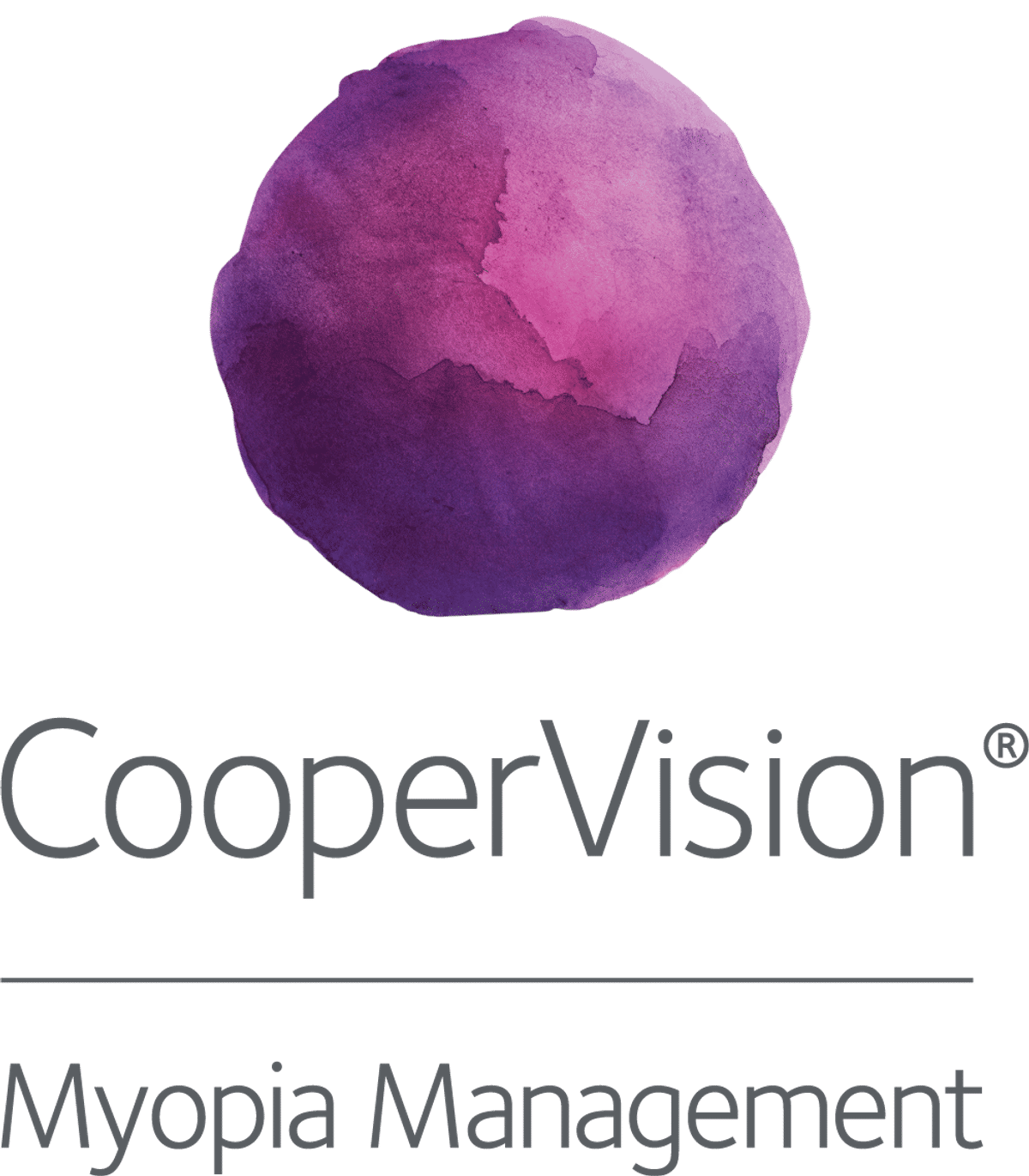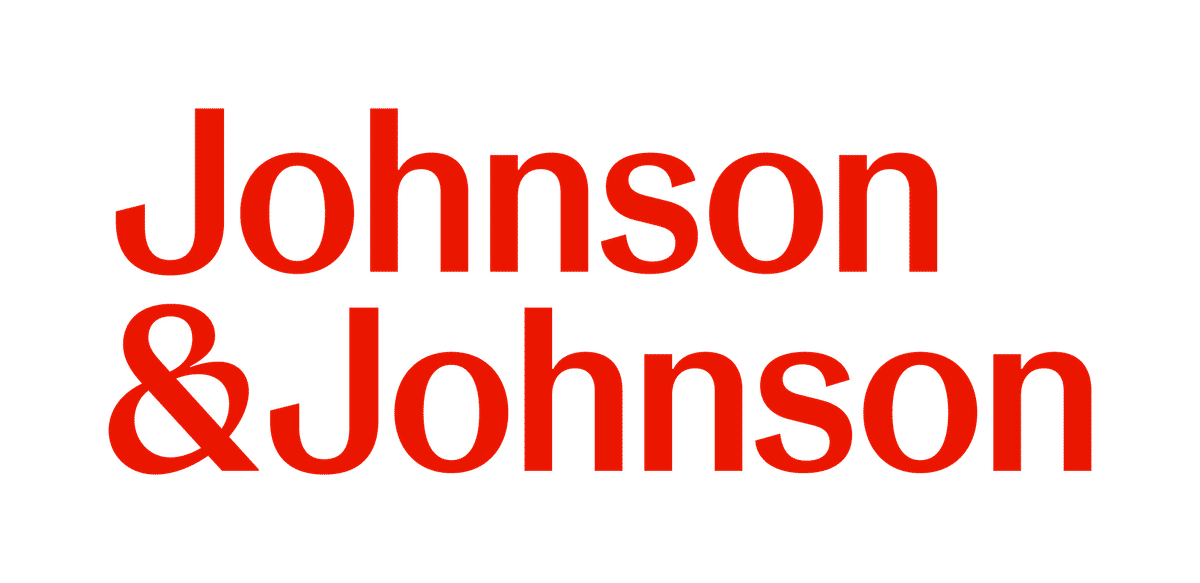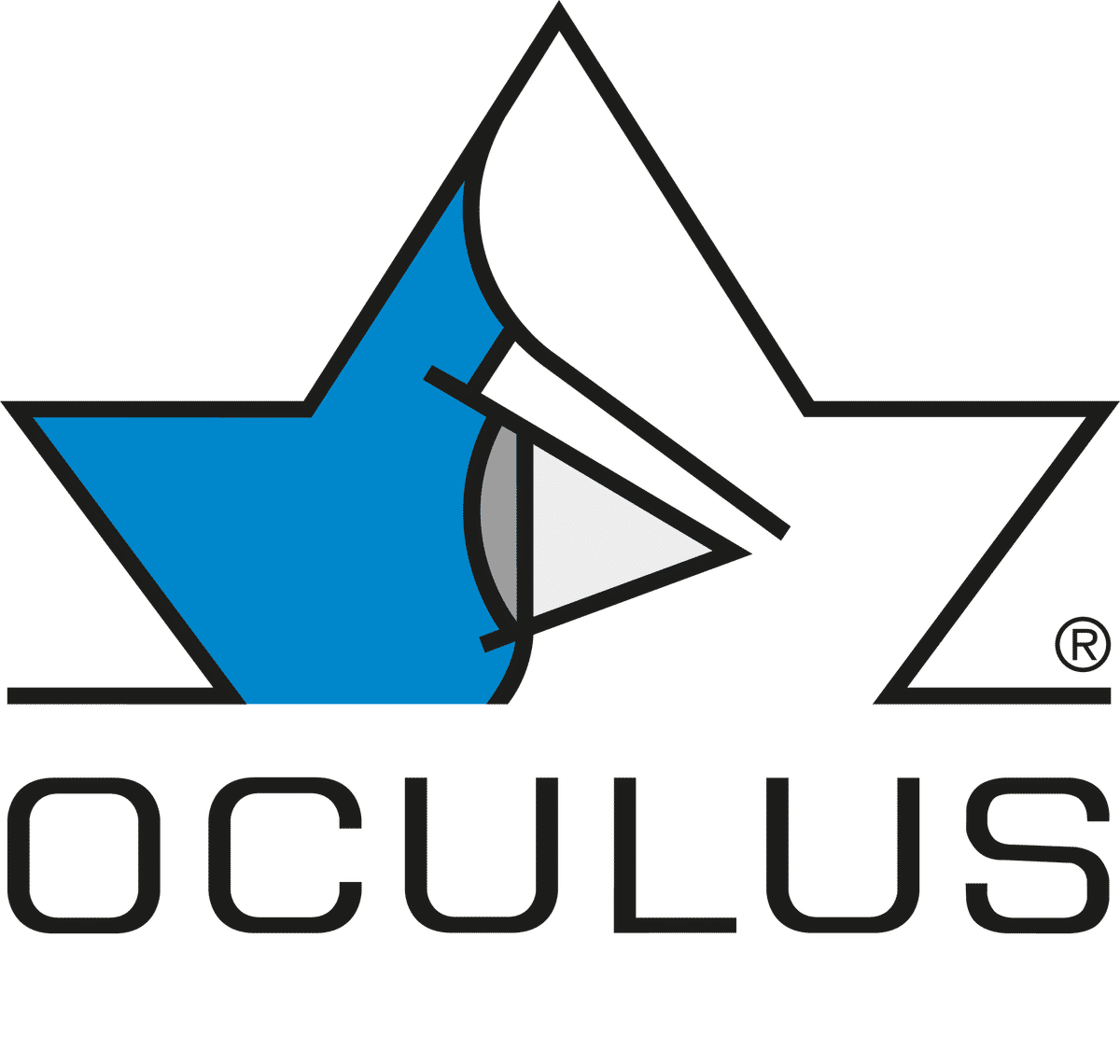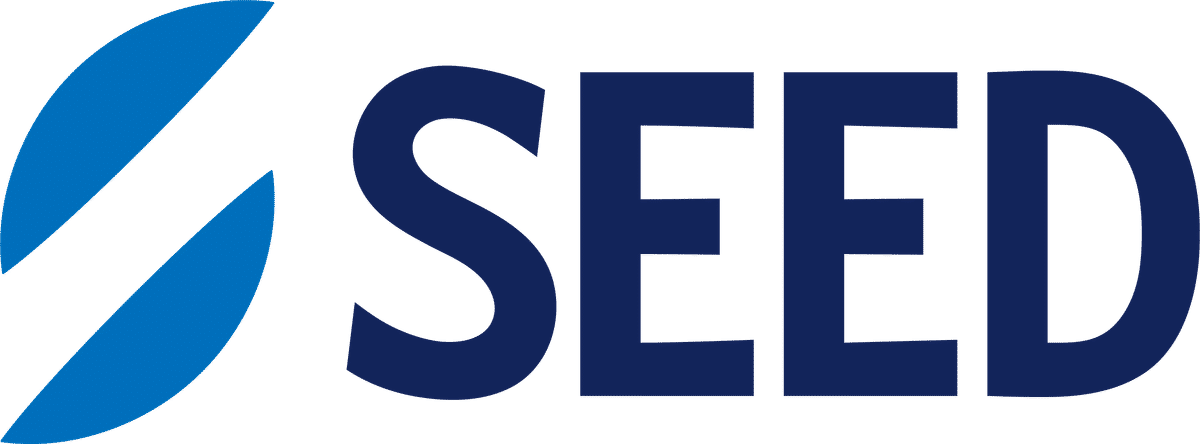Science
ARVO2025 Recap #1 - Updates in myopia control spectacles

In this article:
Myopia Profile was on the ground at the Association for Research in Vision and Ophthalmology (ARVO) annual meeting in Salt Lake City, USA where over 10,000 eye and vision scientists gathered to share their latest research findings. From hundreds of abstracts, we selected just over 30 of the hottest topics in myopia to help you understand treatments, management and innovations. This first recap brings you updates on DIMS, CARE, HALT, and other lens technologies—alongside new data on how design changes affect both treatment efficacy and visual performance.
- Slowing myopia progression with cylindrical annular refractive elements (CARE) – results from a 2-year prospective multi-center trial
- Control of myopia using contrast modulation spectacle lenses in a Chinese population: 12-month results
- Comparison of Myopia Progression in Individuals Wearing Defocus Incorporated Multiple Segments (DIMS) Spectacle Lenses for Eight Years versus Shorter Durations
- Efficacy of Defocus Incorporated Multiple Segments (DIMS) Lenses in Retarding Myopic Shifts Among Pre-Myopic Preschoolers: Nine-Month Results of a Pilot Study
- Effect of increased power and asphericity of lenslets in myopia control spectacle lenses: short-term visual performance & 6-month interim results
- Reduction of Myopia of Prematurity Progression Using Highly Aspheric Lenses Target Technology (H.A.L.T)
Slowing myopia progression with cylindrical annular refractive elements (CARE) – results from a 2-year prospective multi-center trial
Image: Opening Keynote Session from Day 1 of ARVO2025!
Authors: Xiaoqin Chen1, Min Wu2, Cui yu3, Arne Ohlendorf4, Wayne Li5, Youhua Yang5, Yi Zhu5, Lihua Li1, Nicole Liu4,6, Padmaja Sankaridurg4,6
- Optometric center, Tianjin Eye Hospital, China
- Beijing Tongren Vision Care, Beijing Tongren Hospital, China
- He Eye Specialist Hospital, Shenyang, Liaoning, China
- Zeiss Vision care, Carl Zeiss Vision International GmbH, Germany
- Zeiss Vision care, Carl Zeiss Vision (Guangzhou) Ltd., , China
- School of Optometry and Vision Science, University of New South Wales, New South Wales, Australia
Summary
This study evaluated the myopia control efficacy of two spectacle lens designs incorporating cylindrical annular refractive elements (CARE) compared to single vision (SV) lenses over 2 years. In a double-masked, multi-centre RCT, 240 Chinese children aged 6–13 years were randomised to wear either SV, MyoCare (+4.6D CARE, 7mm central zone), or MyoCare S (+3.8D CARE, 9mm zone). After 24 months, MyoCare and MyoCare S slowed myopia progression by 0.44D and 0.40D respectively, and axial elongation by 0.20mm and 0.17mm compared to SV. Both MyoCare designs were similarly effective and showed greater benefit in older children.
Control of myopia using contrast modulation spectacle lenses in a Chinese population: 12-month results
Image: Dechen Wang (left), Jennifer S. Hill (middle), and Debbie Laughton (right). This was another poster showing that 12 months after stopping DOT lens wear, axial growth and refractive changes returned to age-normal rates, indicating no rebound effect.
Authors: Deborah Laughton¹, Jennifer S. Hill¹, Lucill Wang¹, Marcella McParland¹, Zhi Chen²
- SightGlass Vision, Texas, United States
- Shanghai EENT Hospital, Shanghai, China
Summary
12-month results were reported for a 24-month randomized controlled trial, evaluating the effectiveness of Diffusion Optics Technology (DOT) spectacle lenses in myopic Chinese children aged 6-13 (n=195). Children were assigned to wear DOT or single vision lenses, with axial length and cycloplegic refraction measured at baseline and 12 months. DOT lens wearers exhibited mean changes of 0.09mm and –0.17D, compared to 0.35mm and –0.64D in controls, representing a treatment difference of 0.26mm and 0.48D. The interim results of this ongoing trial demonstrate the myopia control effectiveness of DOT spectacle lenses in Chinese children, and builds on evidence from a previous North American study.
Comparison of Myopia Progression in Individuals Wearing Defocus Incorporated Multiple Segments (DIMS) Spectacle Lenses for Eight Years versus Shorter Durations
Image: Tsz Wing Leung from The Hong Kong Polytechnic University, Hong Kong, and co-authors.
Authors: Tsz Wing Leung¹,², Carly S Y Lam¹,², Han Yu Zhang³,⁴, Mui Yee Kwok¹, Kenneth Liu¹,², Fangyu Xu², Ka Mei To², Natalia Vlasak⁵
- Centre for Myopia Research, School of Optometry, The Hong Kong Polytechnic University, Hong Kong, Hong Kong
- Centre for Eye and Vision Research Limited, Hong Kong, Hong Kong
- School of Medicine, Nankai University, Tianjin, China
- Eye and Vision Science Research Institute of Nankai University, China
- Research and Development, Hoya Vision Care, Netherlands
Summary
The myopia control effectiveness of Defocus Incorporated Multiple Segments (DIMS) spectacle lenses were evaluated in individuals who wore DIMS over 8 years versus shorter durations. Retrospective analysis of 67 participants found that those wearing DIMS lenses for 8 years (n=11) had mean myopia progression of –0.44D and axial elongation of 0.46mm, while those who wore DIMS for less than 8 years (n=55) progressed –1.44D and 0.88mm. This represented a 1.00D and 0.42mm greater reduction in the 8-year group, highlighting the long-term benefits of DIMS spectacle wear for managing myopia.
Efficacy of Defocus Incorporated Multiple Segments (DIMS) Lenses in Retarding Myopic Shifts Among Pre-Myopic Preschoolers: Nine-Month Results of a Pilot Study
Image is Hsin-Yu Yang from Taipei Veterans General Hospital, Taiwan.
Authors: Hsin-Yu Yang¹,², Der-Chong Tsai²,³
- Department of Ophthalmology, Taipei Veterans General Hospital, Yuan-Shan and Su-Ao Branch, Yilan, Taiwan
- Department of Ophthalmology, National Yang Ming Chiao Tung University Hospital, Yilan, Taiwan
- School of Medicine, National Yang Ming Chiao Tung University, Taipei, Taiwan
Summary
9-month results were reported for a pilot study which evaluated the effectiveness of Defocus Incorporated Multiple Segments (DIMS) spectacle lenses in controlling pre-myopia in preschool children. Pre-myopic children aged 5-6 (n=24) wore plano photochromic DIMS glasses and monitored every 3 months. Over 9 months, mean SER remained stable (+0.06D/year vs. –0.15D/year in controls), axial length increased by 0.16mm, while choroidal thickness was stable. Spectacle lens adherence was high, although increased wearing time was not significantly associated with refractive or axial length changes.
Effect of increased power and asphericity of lenslets in myopia control spectacle lenses: short-term visual performance & 6-month interim results
Image is Rajkumar Nallour Raveendran and Bjorn Drobe, both from Essilor International, Singapore.
Paper: Effect of increased power and asphericity of lenslets in myopia control spectacle lenses on short-term visual performance
Authors: Bjorn Drobe¹, Soheil M. Doustkouhi¹, Ee Woon Lim¹, Si Ying Lim¹, Rajkumar Nallour Raveendran¹
R&D, Essilor International, affiliate of EssilorLuxottica, Singapore
Paper: Effect of increased power and asphericity of lenslets on myopia control efficacy: 6-month interim results of a contralateral crossover clinical trial
Authors: Rajkumar Nallour Raveendran¹, Wee Sing Ong¹, Ee Woon Lim¹, Si Ying Lim¹, Hua Ren Chua¹, Bjorn Drobe¹
R&D, Essilor International, affiliate of EssilorLuxottica, Singapore
Summary
Two complementary studies were conducted to evaluate the efficacy and visual performance of H.A.L.T. MAX spectacle lenses, respectively. Compared to the current H.A.L.T. spectacle lenses, H.A.L.T. MAX was developed to enhance myopia control through increased lenslet power and asphericity.
In a double-masked, contralateral, crossover randomized controlled trial involving 50 Singaporean children (mean age 8.6 years), eyes wearing H.A.L.T. MAX lenses showed slower axial length growth over 6 months compared to those wearing H.A.L.T. lenses (0.043mm vs 0.105mm), indicating improved treatment efficacy. In a separate short-term visual performance study, the high and low contrast visual acuity of H.A.L.T. and H.A.L.T. MAX lenses was compared. Results showed no significant differences between H.A.L.T. MAX and H.A.L.T. lenses for high contrast distance VA (0.11 vs 0.12 logMAR), low contrast distance VA (0.12 vs 0.14 logMAR), or low contrast near VA (0.14 vs 0.16 logMAR). The short-term findings suggest that increasing lenslet power and asphericity in H.A.L.T. MAX lenses may improve myopia control efficacy without compromising short-term visual performance.
Reduction of Myopia of Prematurity Progression Using Highly Aspheric Lenses Target Technology (H.A.L.T)
Image is Raffaele Parrozzani from the University of Padova, Italy.
Authors: Raffaele Parrozzani¹, Alessandro Carli¹, Carolina Molin¹, Eleonora Cosmo¹, Evelyn Longhin¹, Giulia Midena², Edoardo Midena¹,²
- University of Padova, Department of Ophthalmology, Padova, Italy
- IRCCS-Fondazione Bietti, Rome, Italy
Summary
This study evaluated whether Highly Aspheric Lenslet Target (H.A.L.T) spectacle lenses could reduce myopia progression in children with myopia of prematurity (MOP) following retinopathy of prematurity (ROP). Myopia progression was compared in children with MOP who either wore H.A.L.T for 12 months (n=20) or single vision lenses for the same period (n=38). Over 12 months, the mean myopia progression was lower in the H.A.L.T. group compared to the single vision group (-0.31D vs -0.92D, respectively). The progression of myopia in children with MOP appears to be effectively slowed in patients wearing H.A.L.T. lenses, as opposed to conventional single vision lenses.
Meet the Authors:
About Brian Peng
Brian is a clinical optometrist based in Sydney, Australia. He graduated from the University of New South Wales and was awarded the Research Project Prize for his work on myopia. He has a keen interest in myopia-related research, industry, and education.
Read Brian's work on our My Kids Vision website, our public awareness platform. Brian also works on development of various new resources across MyopiaProfile.com.
Enormous thanks to our visionary sponsors
Myopia Profile’s growth into a world leading platform has been made possible through the support of our visionary sponsors, who share our mission to improve children’s vision care worldwide. Click on their logos to learn about how these companies are innovating and developing resources with us to support you in managing your patients with myopia.












